The 2010 HRI donor ranking now includes an analysis of donor performance based on characteristics and similarities with other donors. This more sophisticated classification looks for relationships and patters among donors based on their scores against the 35 indicators. The 23 OECD/DAC donors are classified into three categories based on their performance in the five HRI pillars:
- Group 1: donors with a consistently high level of implementation of GHD concepts.
- Group 2: donors with a mid-range level of implementation of GHD concepts.
- Group 3: donors with a lower level of implementation of GHD concepts.
Group 1 donors: Denmark, Finland, Luxembourg, the Netherlands, New Zealand, Norway and Sweden. These donors are characterised by scores consistently above the overall OECD/DAC average in most qualitative and quantitative indicators, and have the highest overall scores in four of the five HRI pillars. The exception is in Pillar 1 (Responding to needs), where these donors perform slightly below the overall OECD/DAC average in the quantitative indicators. The overall average score for these donors is 6.27, compared to the overall OECD/ DAC average of 5.89 on the HRI’s 10-point scale.
Group 2 donors: Australia, Canada, the European Commission (EC), Germany, Ireland, the United Kingdom (UK) and the United States (US). Greece also meets some of the characteristics of this group but as data is incomplete comparisons should be made with caution. The scores for these donors are generally mid-range, with better than average scores in quantitative indicators, particularly in Pillar 1 (Responding to needs). However, in qualitative indicators from the HRI survey, this group of donors has scores only slightly better than the OECD/DAC average, indicating that there may be somewhat negative perceptions from the humanitarian agencies they fund, in contrast to donors in Group 1. This group has an overall average score of 5.88 in the HRI, compared to the overall OECD/DAC average of 5.89 on the HRI’s 10-point scale.
Group 3 donors: Austria (quantitative indicators only), Belgium, France, Italy, Japan, Portugal (quantitative indicators only) and Spain. Within the group, there is a relatively high range of differences in scores in Pillars 1 (Responding to needs) and 2 (Prevention, risk reduction and recovery). Scores are below the overall average in Pillars 3 (Working with humanitarian partners), 4 (Protection and international law) and 5 (Learning and accountability) in both quantitative and qualitative indicators. The average overall score for these donors is 5.32 compared to the overall OECD/DAC average of 5.89 on the HRI’s 10-point scale.
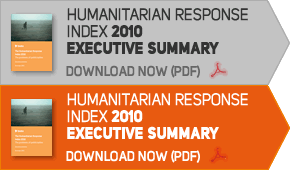

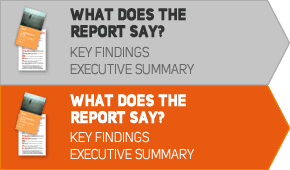
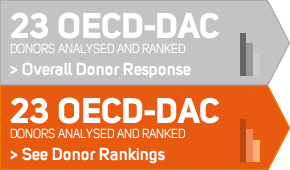
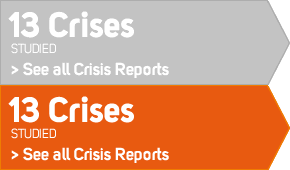
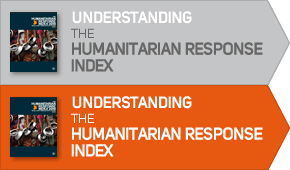
Share this